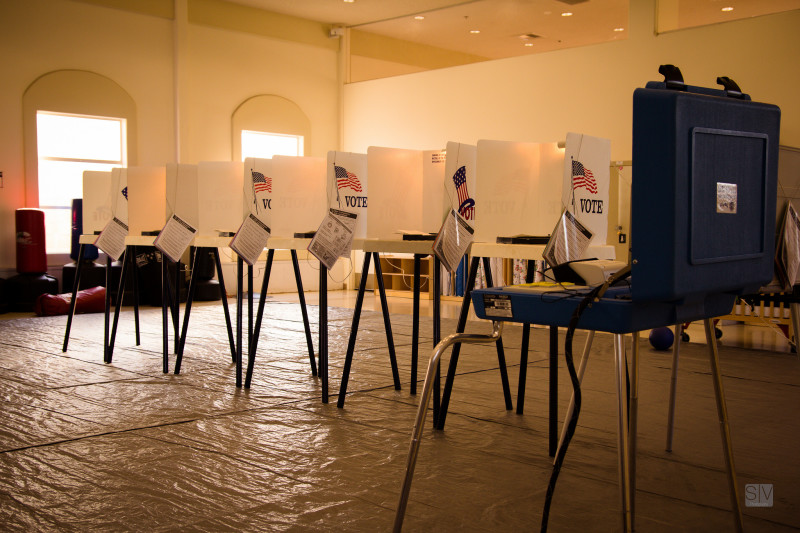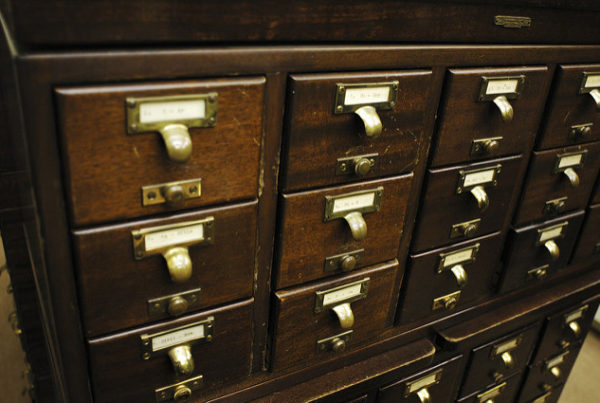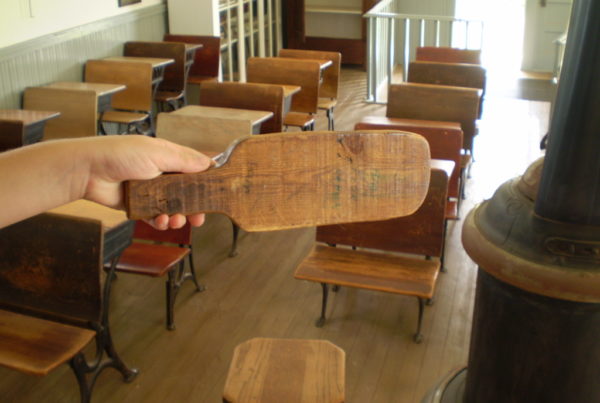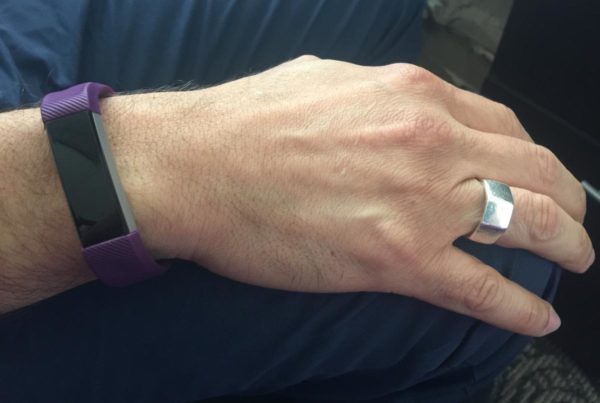Texas has more unregistered voters than the total population of 20 states. In the most recent voting, only one state in the nation had lower voter turnout: Louisiana.
If you’re not registered for the current election cycle you have until Tuesday, October 11. But whether you actually get to cast a ballot is an entirely different beast.
This has been an issue in Texas for some years now, with lengthy legal battles over what kind of identification one needs. Republican officials in Texas have been accused of using voter ID laws to try to keep minority turnout low. While others have defended the move as necessary to prevent voting fraud.
A recent court ruling struck down strict rules over voter ID: now a utility bill, a voter registration certificate, or certain government documents with your name and address will suffice. But none of this has ended the argument made by the governor’s administration that voter fraud is real in Texas.
The largest ever investigation of voter fraud in Texas is underway in Tarrant County. The twist? The lawmaker who claims voter fraud led to his defeat is Democrat and former state Rep. Lon Burnam.
Fort Worth Star-Telegram columnist Bud Kennedy says if Texas’ attorney general were going to mount his biggest crackdown on voter fraud, Tarrant County is a strange place for it. The county is the reddest urban county in the state.
“Of all the places to come in and start investigating voter fraud, it seems like it’d be unlikely,” Kennedy says. “The Republicans don’t have any problem winning everything they want to win here. But there are several people in both parties who see a problem with some local elections and I think they have both brought some complaints about the vote by mail process.”
What you’ll hear in this segment:
– Who initially challenged the vote-by-mail ballots
– What types of votes could be looked at for voter fraud
– How vote-by-mail can be currently challenged


















